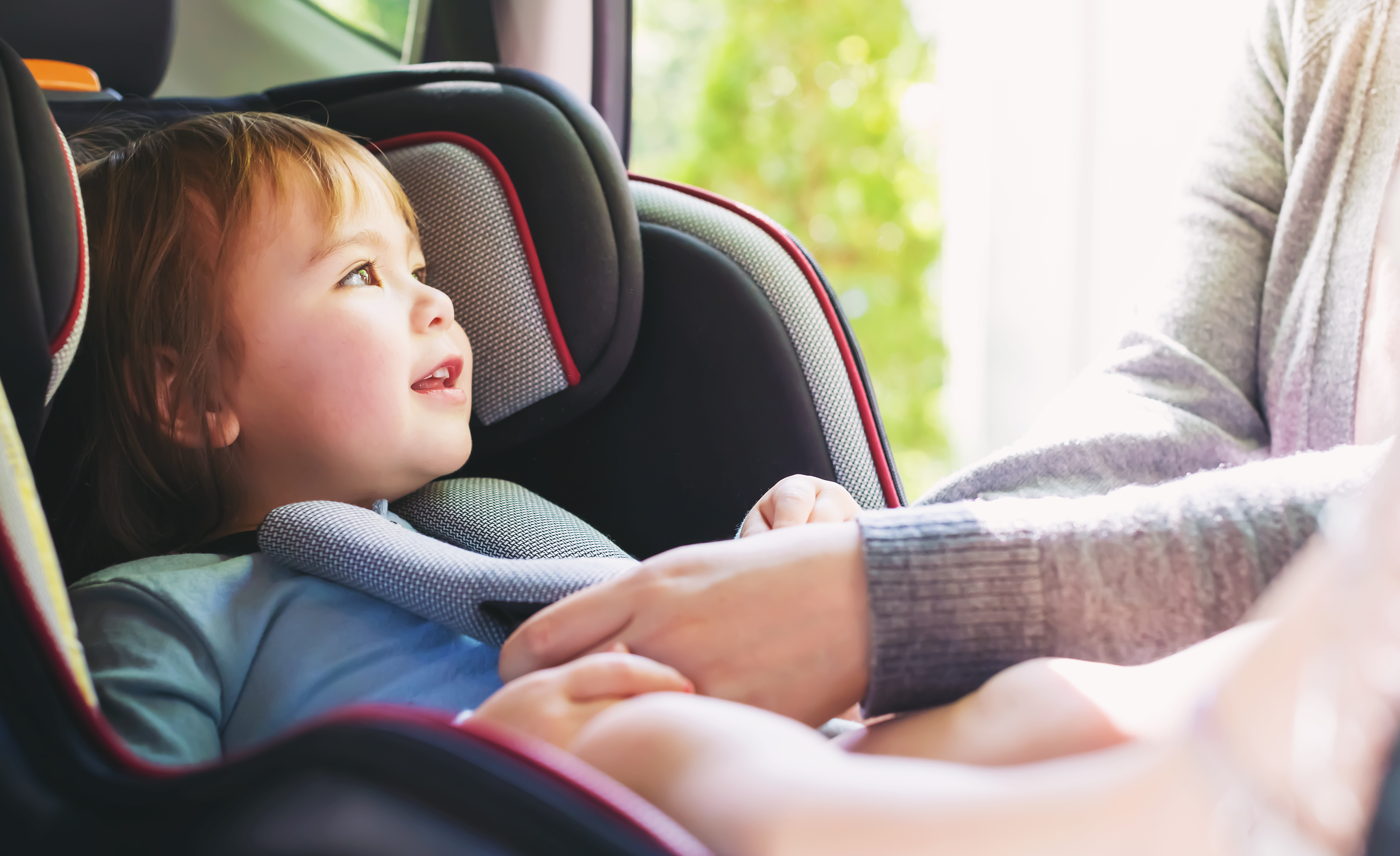It may shock you to learn that around 3000 children suffer road trauma injuries each year in Australia.
In many cases these injuries could’ve been avoided if children were kept in their restraints until they outgrew the height markers.
A large part of the problem stems from the substantial number of parents who place their trust in Australian road rules to keep their children safe.
Australian law permits turning children forward facing at 6 months and 4-year-olds to ride in a booster and in some cases in the front seat restrained as an adult.
Sadly our road rules are out of step with best practice, so as a consequence parents are approaching child travel safety with complacency, confusion, misinformation and choices for convenience over safety with one of the results being kids moving to bigger seats too soon.
Statistics show children under 12 are the most vulnerable as they are seven times more likely to suffer a spinal injury than teenagers, yet unsafe practices continue unnoticed by parents and carers.
As part of the Epworth Hospital’s antenatal classes, I educate parents on the common errors that lead to catastrophic consequences for child passengers. Here are the most common mistakes:
– Using forward-facing seats too early: A harnessed 6 month old riding forward-facing is at five times greater risk of fatal neck and severe spinal injuries in a frontal collision than they are rear facing. In Sweden children must remain rear facing till they are 4. At around 4 years a child’s spine gains the capacity to better withstand the immense force generated in frontal collisions.
In Australia we have extended rear facing restraints that can hold an average sized child to approximately 30 months, so my advice is buy one and keep children rear-facing as long as the seat allows.
– Moving to a booster seat too soon: Many parents take their kids out of a harnessed restraint and put them in a booster seat before they are ready. The incidence of belt injuries increases in a booster, not to mention the ability to place the sash under the arm or ever worse behind the back, which can have catastrophic consequences in a crash. Harnessed restraints are five times safer than boosters and there are brands that can safely hold an average 10 year old.
– Allowing young kids to ride in adult seats: Children are moved from boosters into adult seats too soon. According to the law this can happen when a child is 7 years of age. However, at this age a child’s legs are usually too short to bend around the car seat causing the child to slouch down meaning the lap belt rides along their soft tissues and vital organs while the sash runs along the neck. In this position the belt goes from life saving to life risking.
– Allowing young children in the front seat: Inconvenient as it is, an average size child needs to remain in the back seat until they are around 12 years of age or of adult proportions. Before this, their body isn’t strong enough to withstand the immense force and heat generated by the airbag and the trauma sustained can be quite serious.









